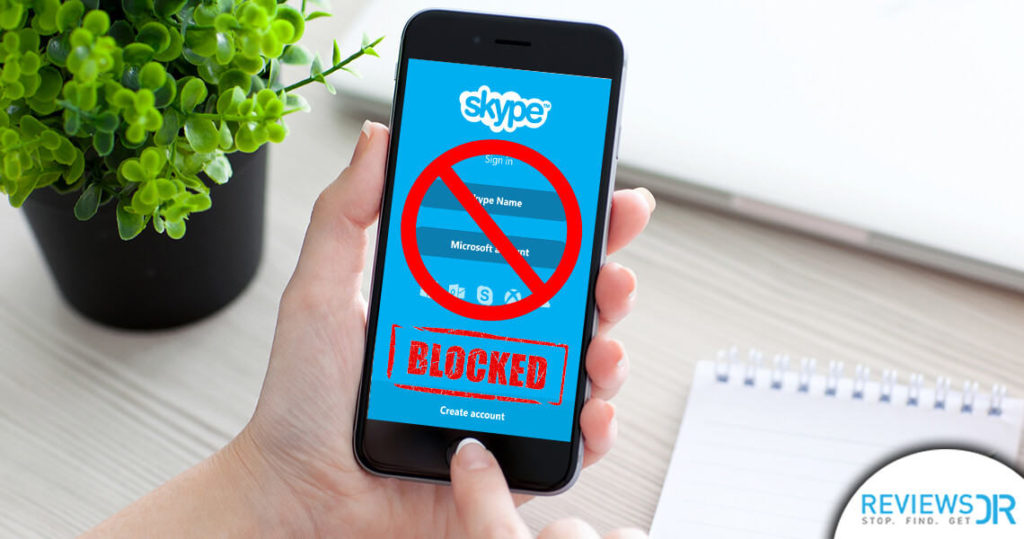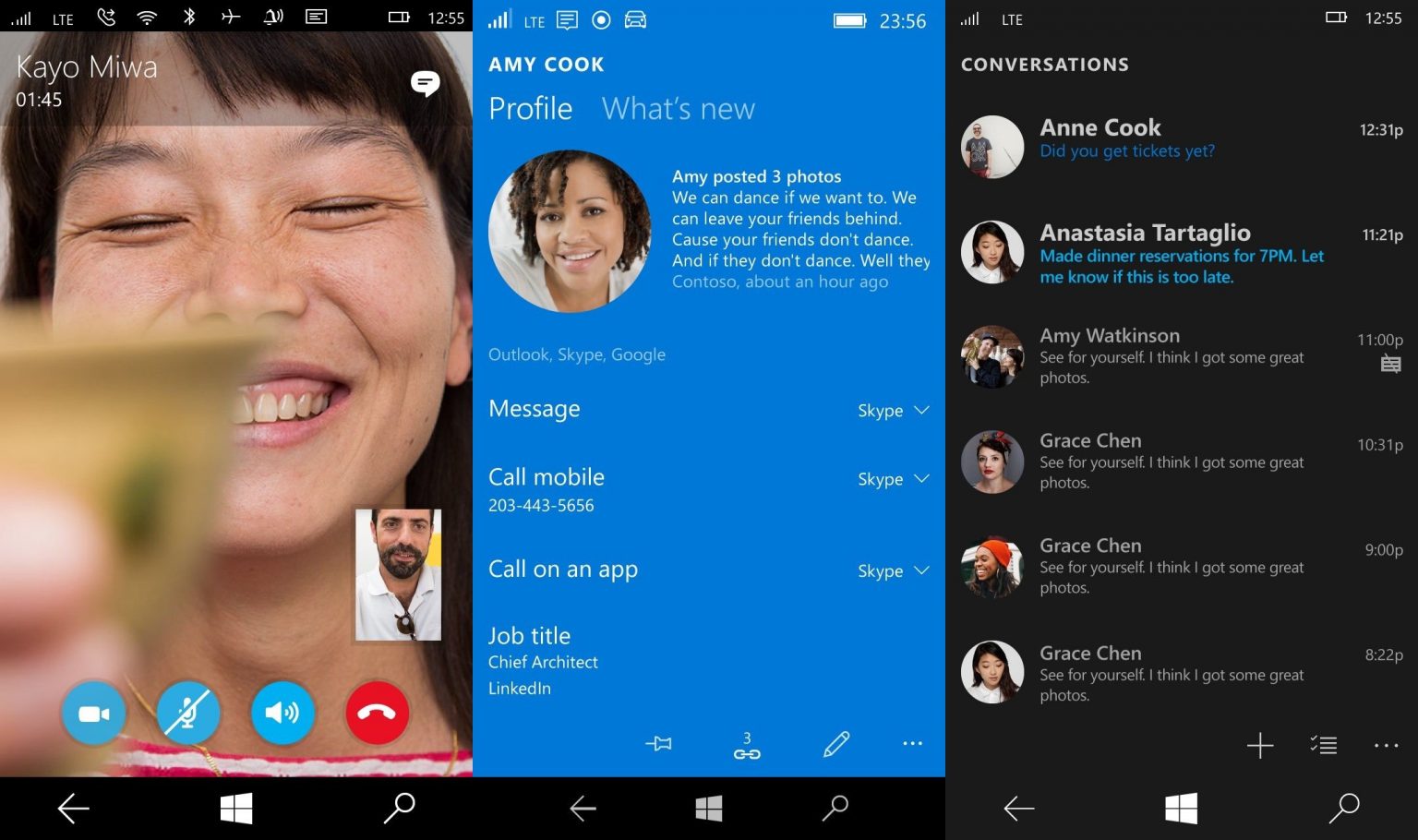
What are the Differences Between Microsoft Teams and Skype?īasic Skype is available for free and is appropriate for use in homes and small businesses while supporting up to 20 users. Teams provides users with beneficial features like file sharing, editing, and the ability to conduct group discussions. Built on a SharePoint foundation, Teams combines the video conferencing, screen-sharing, and chat capabilities of Skype with enhanced collaborative and document management features. Teams offers users the features required by the modern remote workforce. The introduction of Big Data with its volume of information has led to companies looking for collaborative and content management tools that cannot be met with the functionality of Skype video and chat.

Microsoft’s SharePoint platform is an example that provides users with the ability to collaborate remotely. The popularity of the tool was spurred on by the rise of the remote workforce built on enhanced mobile technology as well as faster and more reliable networks.Īs the technologies behind the remote workforce mature, the cloud has become a major player in providing viable business solutions. Skype quickly became a very popular Voice Over IP (VoIP) communication application by helping globally diverse teams collaborate in real-time. Why Microsoft Chose to Replace Skype with Teams? The company advertises Teams as a “hub for teamwork” and has invested heavily in integrating video, chat, voice, and document collaboration into a unified and easy-to-use solution. Microsoft had made it clear that their long-term plans were to phase out Skype and focus on making Teams the main communication platform for their users. The move away from Skype in favor of Teams has been expected for some time. After that, Microsoft is forcing users to switch to Teams for their screen sharing, communication, and conference calling needs.

Current customers can continue to use Skype for Business until August 1, 2021, including adding new users if they wish. The company has announced Skype for Business end of life and will cease supporting the product on July 31, 2021, after which it will not be available to users. It looks like Microsoft has just pronounced a definitive sentence to the once world-favorite video conferencing app. Let's take a look closer at the question “Is Skype going away?”


 0 kommentar(er)
0 kommentar(er)
